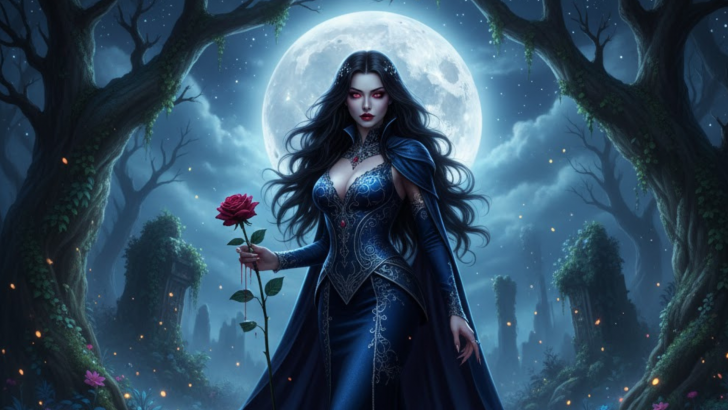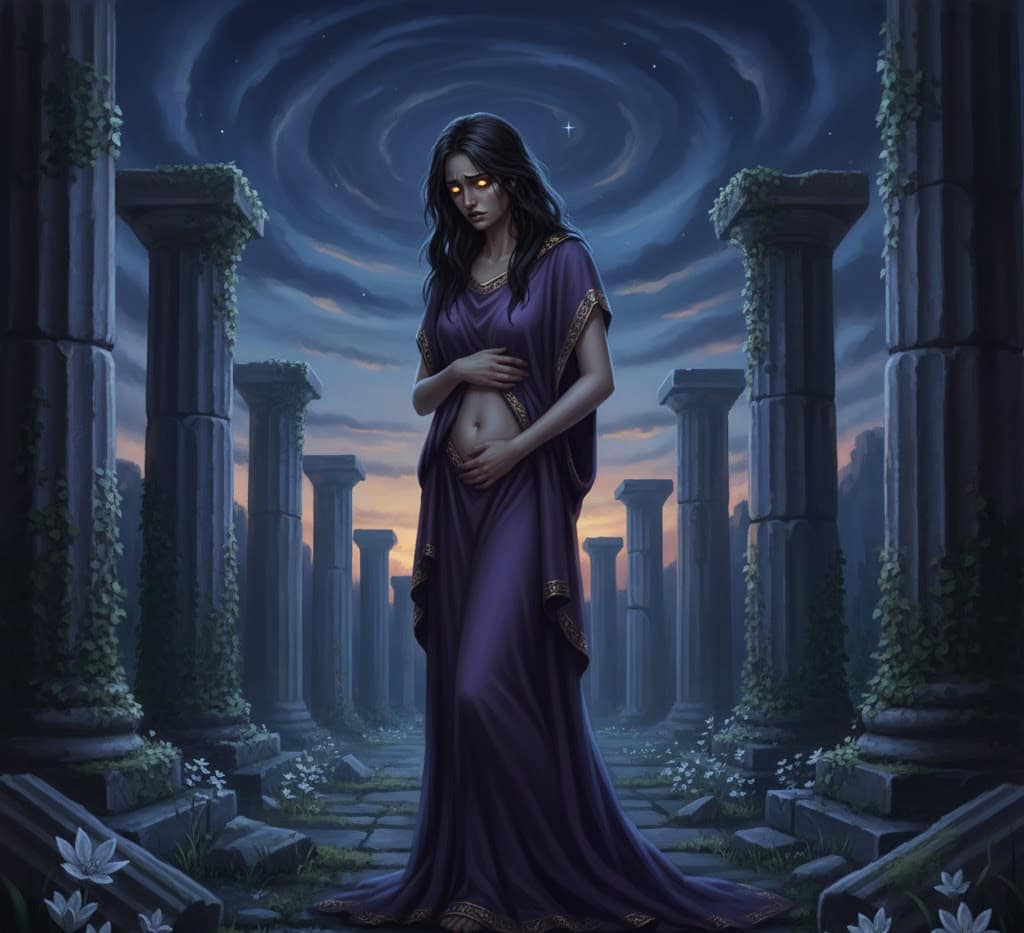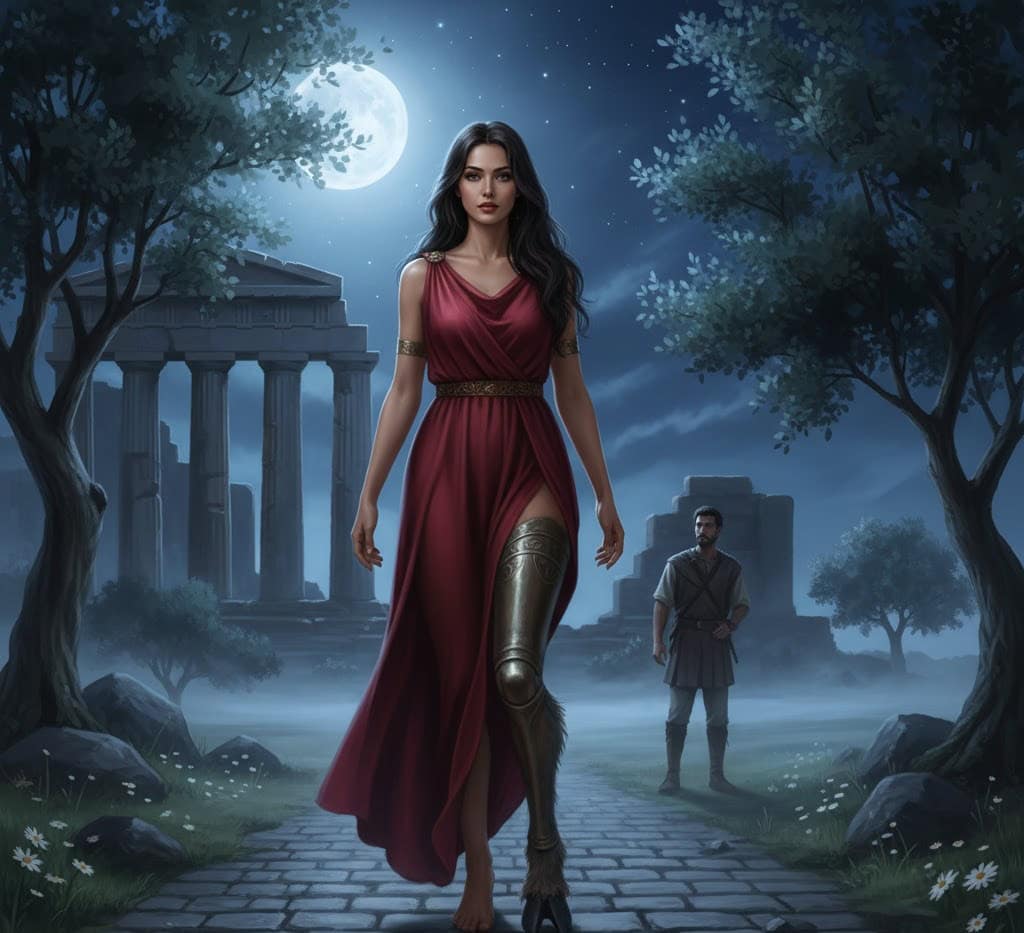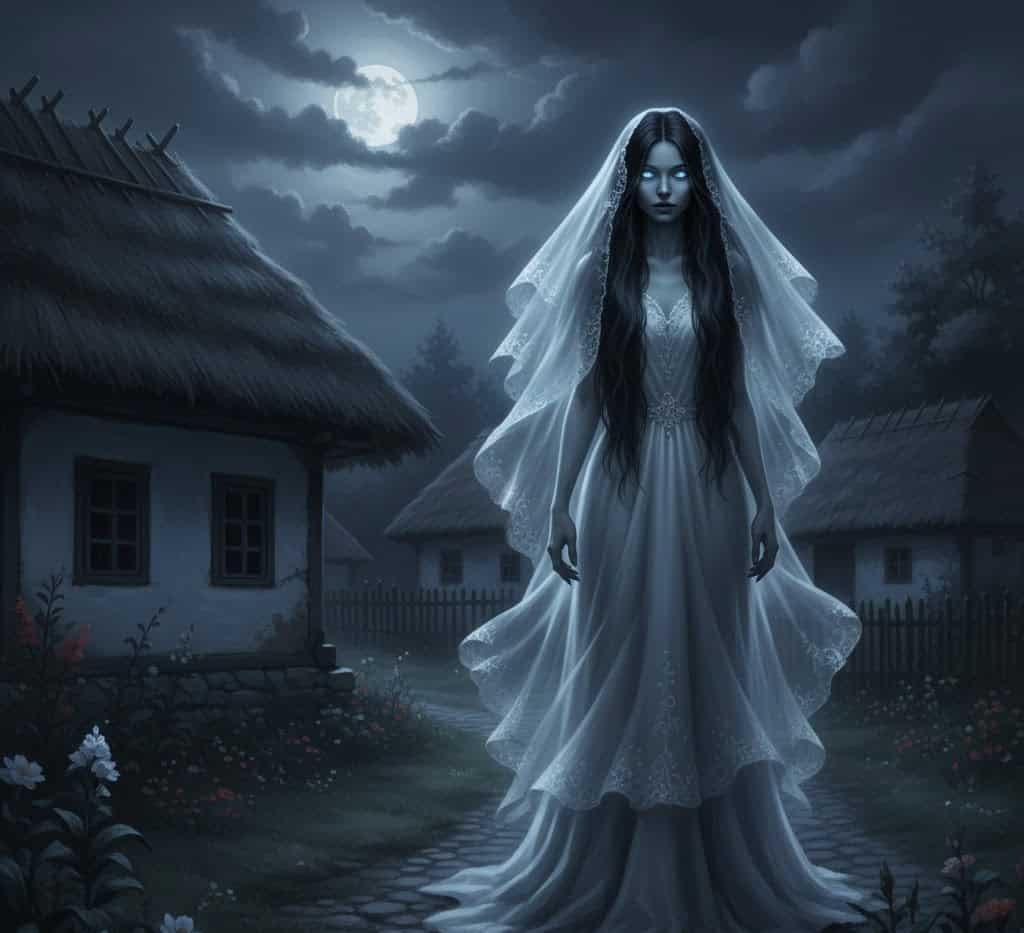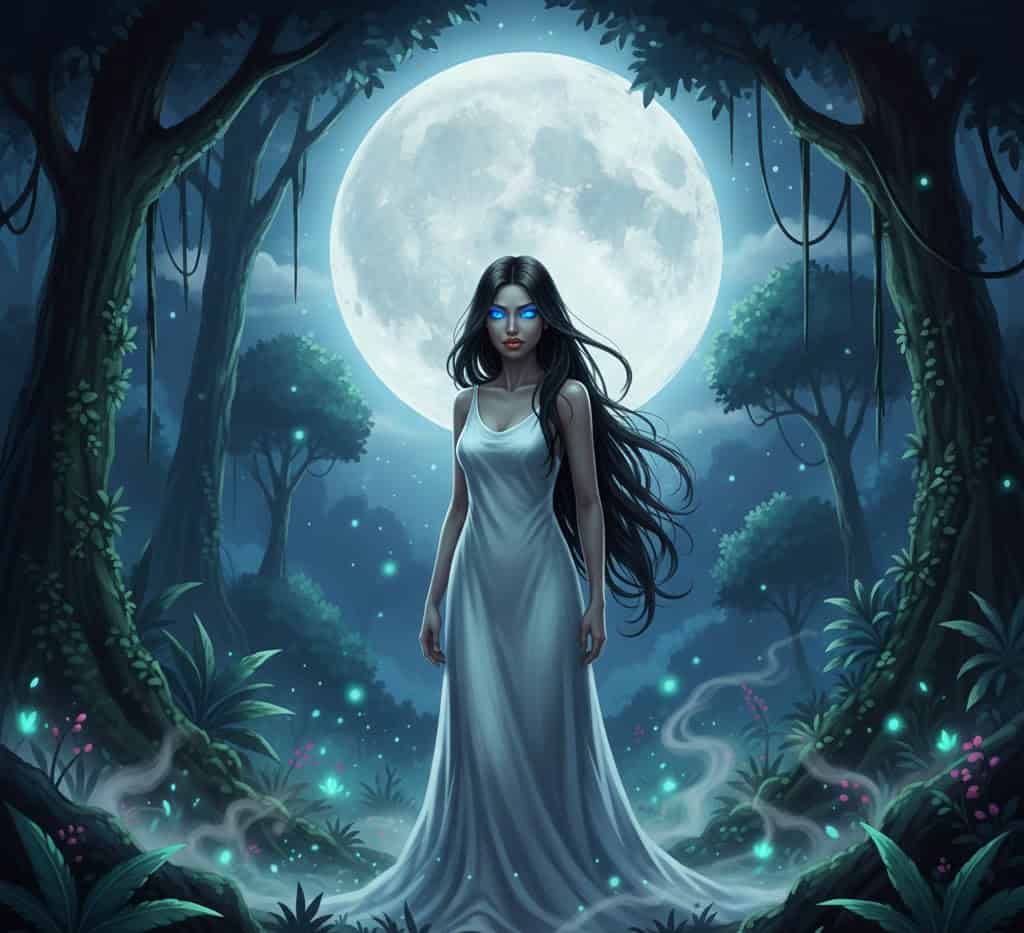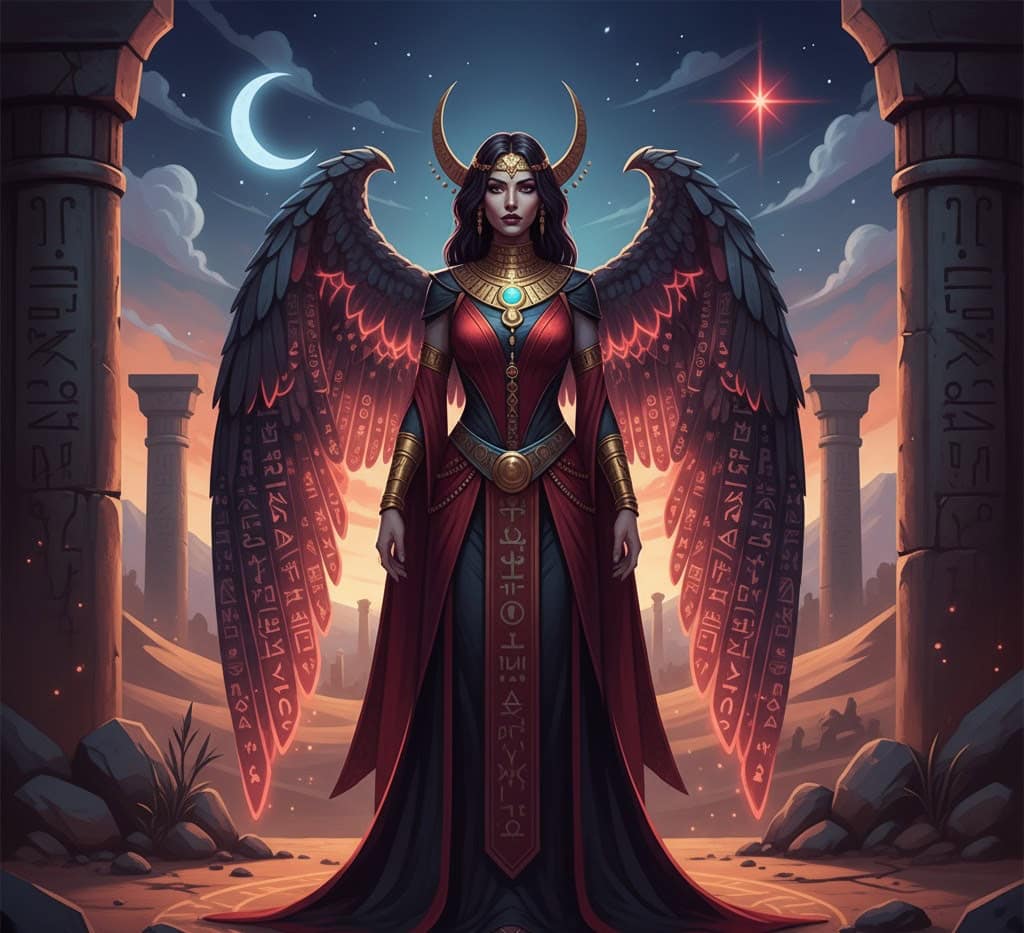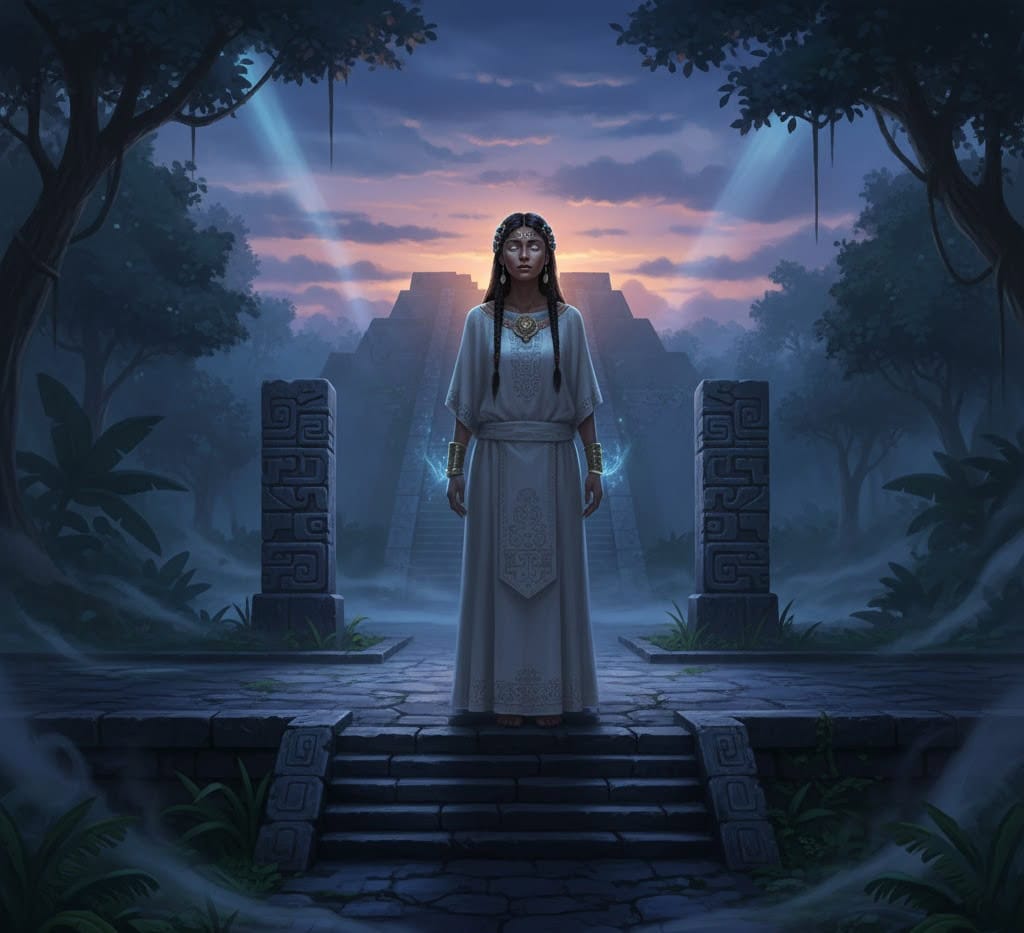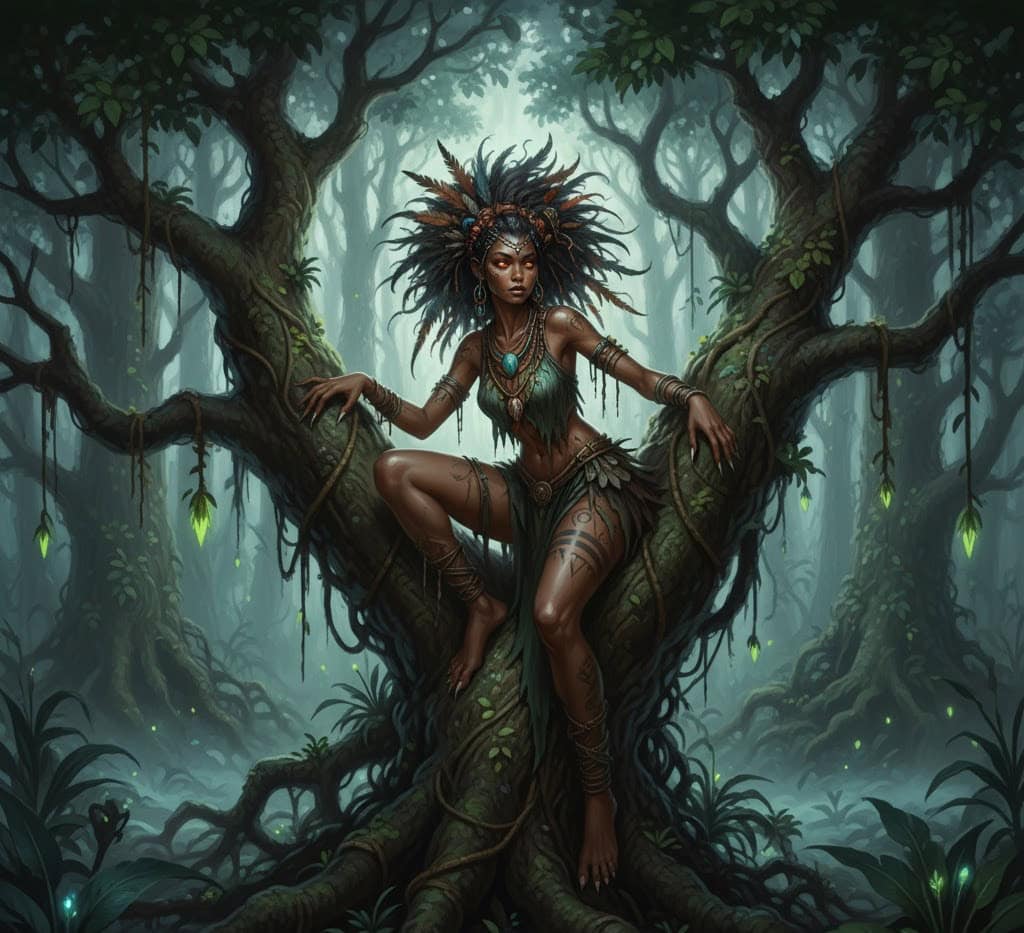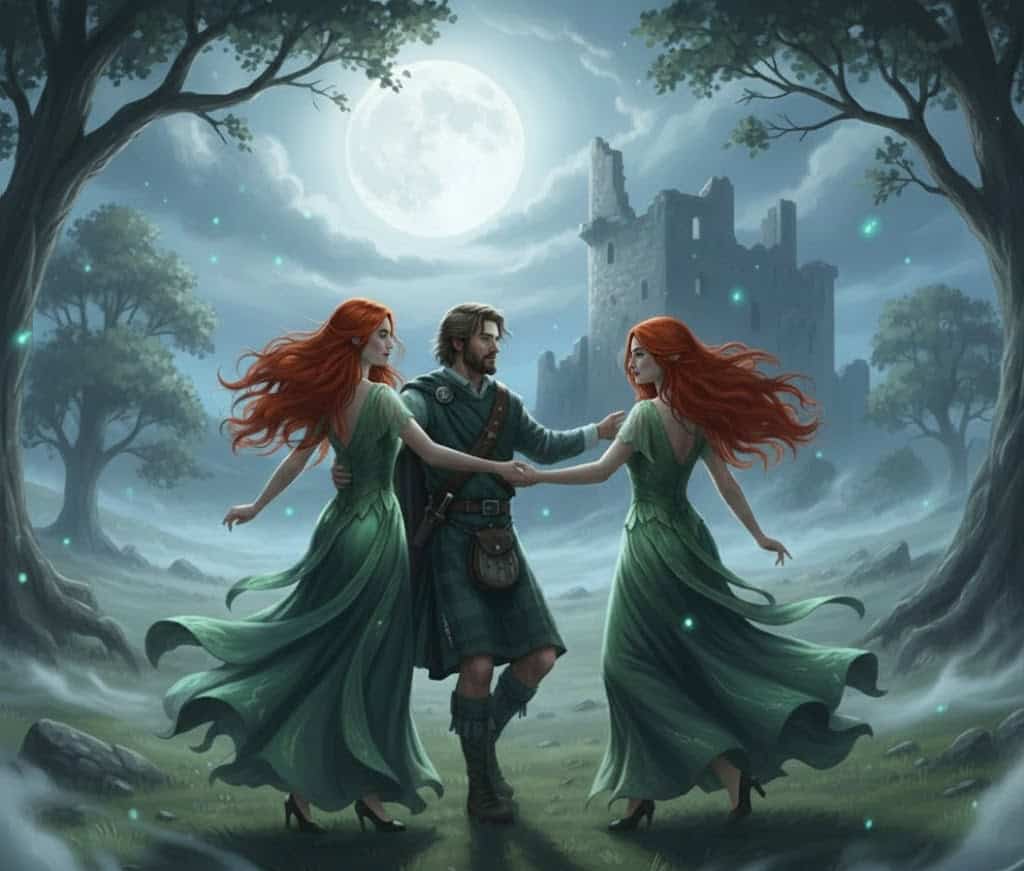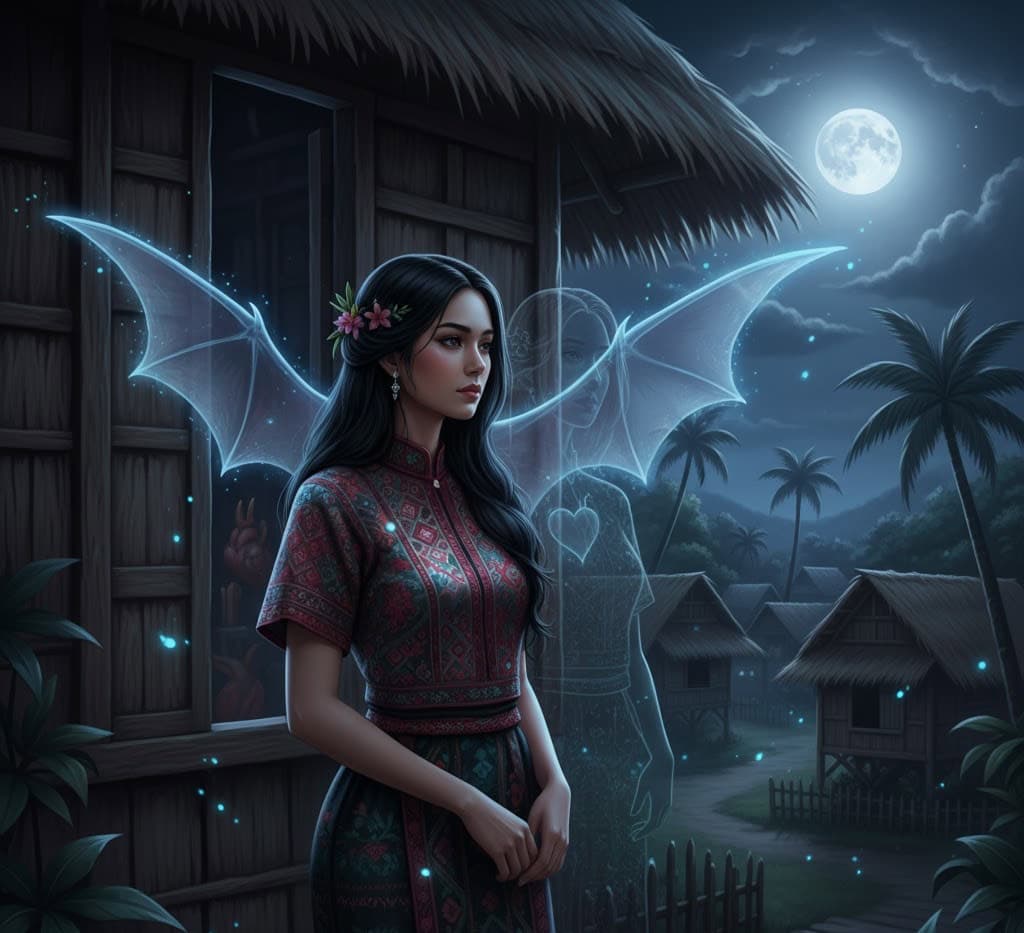Throughout history, stories of vampiric women have captured the imagination of every culture.
Long before the modern vampire appeared in books and films, ancient myths spoke of women who drained life, seduced mortals, and moved between worlds of shadow and desire.
These figures were not always evil – sometimes they were spirits of vengeance, protectors, or symbols of untamed feminine power.
Their legends remind us that fear and fascination often walk hand in hand. Here are nine myths of vampiric women from ancient cultures and the mysterious roles they played.
1. Lamia – The Devourer of Children in Greek Myth
Lamia was once a beautiful Libyan queen loved by Zeus, but when Hera discovered the affair, she unleashed a curse that twisted Lamia’s fate forever.
Hera took away her children and condemned her to wander eternally, unable to rest. Consumed by grief and rage, Lamia turned into a monster who fed on the children of others.
Some stories say she could remove her eyes at night to see into the dark, while others claim she drank blood to ease her pain.
Lamia became one of the earliest depictions of a female vampire, a symbol of sorrow transformed into terrifying hunger.
Her legend reflected both the fear of betrayal and the danger of unchecked despair.
2. Empusa – The Shape-Shifting Seductress of Greece
Empusa, a servant of the goddess Hecate, was said to haunt lonely roads and seduce travelers before feeding on their blood.
She could change her form to appear as a beautiful woman, though one of her legs was made of bronze and the other of a donkey’s.
Ancient Greeks described her as a being that preyed on the foolish and unfaithful, using charm as her weapon.
Unlike Lamia, Empusa represented temptation and the darker aspects of desire. People whispered her name in fear, warning each other not to follow strange women at night.
Her story served as both a mythic warning and an expression of fascination with dangerous beauty.
3. Strigoiaca – The Romanian Spirit of the Restless Dead
Before the modern vampire of Transylvania became famous, Romanian villages told tales of the Strigoiaca – a female version of the undead who rose from the grave to visit her family or torment her enemies.
She was often described as pale and hauntingly beautiful, feeding on blood or life force during the night. Some legends said she could turn into mist, an owl, or a black cat.
Villagers performed protective rituals like burning the clothes of the dead or placing garlic and iron at doors to keep her away.
The Strigoiaca symbolized the blurred line between love and death, where longing for the living turned into something dark and consuming.
4. Pontianak – The Spirit of Betrayed Women in Southeast Asia
In Indonesian and Malaysian folklore, the Pontianak is the spirit of a woman who died during childbirth or was wronged in life.
She appears as a beautiful woman with long black hair, wearing white, and lures men with her sweet scent before attacking them.
Her cry is said to change with her distance – a soft sound means she is near, while a loud one means she is far away. The Pontianak drinks blood, but she is not a mindless monster.
Her story often reflects the pain of women abandoned, mistreated, or silenced. Even today, her legend is told as a reminder that injustice leaves spirits restless and love betrayed can turn deadly.
5. Lilith – The First Vampire of Ancient Mesopotamia
Long before her name appeared in later Jewish and Christian lore, Lilith was known in Mesopotamian myth as a winged night demon.
She was said to prey on newborns and seduce men in their sleep, drawing out their strength.
Over centuries, her story evolved – she became the first wife of Adam, who refused to obey him and left Eden rather than submit.
Banished and demonized, Lilith came to embody both rebellion and the fear of female independence.
Her image as a blood-drinking spirit symbolized how societies often punished women who resisted control. To some, she remains a dark goddess of freedom, reclaiming her own power in a world that feared it.
6. Cihuateteo – The Spirits of the Dead Mothers in Aztec Belief
Among the Aztecs, women who died in childbirth were believed to transform into divine yet terrifying spirits called the Cihuateteo.
They were honored as fallen warriors, since childbirth was seen as a battle, but they also haunted crossroads at night.
These ghostly figures were said to steal children and drain the vitality of men.
They represented both reverence and fear—a mix of sacred motherhood and supernatural vengeance. Offerings were made to appease them, acknowledging their sacrifice while protecting the living.
The Cihuateteo remind us that in ancient myths, power and danger often lived side by side in the same divine figure.
7. Asanbosam – The Forest Vampire of West Africa
From the dense forests of Ghana and Côte d’Ivoire comes the tale of the Asanbosam, a vampiric being with iron teeth and hooked feet who hangs from tree branches waiting for victims.
In some stories, she appears as a woman with wild hair and glowing eyes, descending silently from above.
Hunters and travelers feared her presence, yet she was also seen as part of the natural world’s balance—punishing those who disrespected the forest.
The Asanbosam may not be the traditional vampire, but her thirst for blood and nocturnal nature echo the same ancient fear of what lurks unseen in the dark.
8. Baobhan Sith – The Dancing Vampires of the Scottish Highlands
In the misty folklore of Scotland, the Baobhan Sith are beautiful women dressed in green who appear to lonely travelers or hunters in the woods.
They ask men to dance, and while the men believe they are enchanted by love, the Baobhan Sith drain their blood as they embrace.
When dawn comes, the spirits vanish, leaving only lifeless bodies behind. Horses often sense them before humans do, refusing to move forward or neighing in fear.
These Highland vampires blend beauty and danger, a reminder that not all who smile in the dark mean well.
Their legend likely arose from the isolation of the mountains, where loneliness and imagination easily gave birth to haunting tales.
9. Manananggal – The Split-Body Vampire of the Philippines
The Manananggal is one of the most terrifying figures in Philippine mythology. She is said to be a woman who can separate her upper body from her lower half, growing wings to fly into the night.
She feeds on the blood of sleeping people, often pregnant women, using her long tongue to reach through windows or roofs.
By day, she appears as a normal woman blending into the village. The Manananggal’s legend carries themes of secrecy and transformation—how evil can hide in plain sight and how power can exist in unexpected forms.
People believed sprinkling salt or ash on her abandoned lower body could stop her from reuniting with it, ending her reign of terror.

I always felt a strong connection to the Divine since my birth. As an author and mentor, my mission is to help others find love, happiness, and inner strength in the darkest of times.

